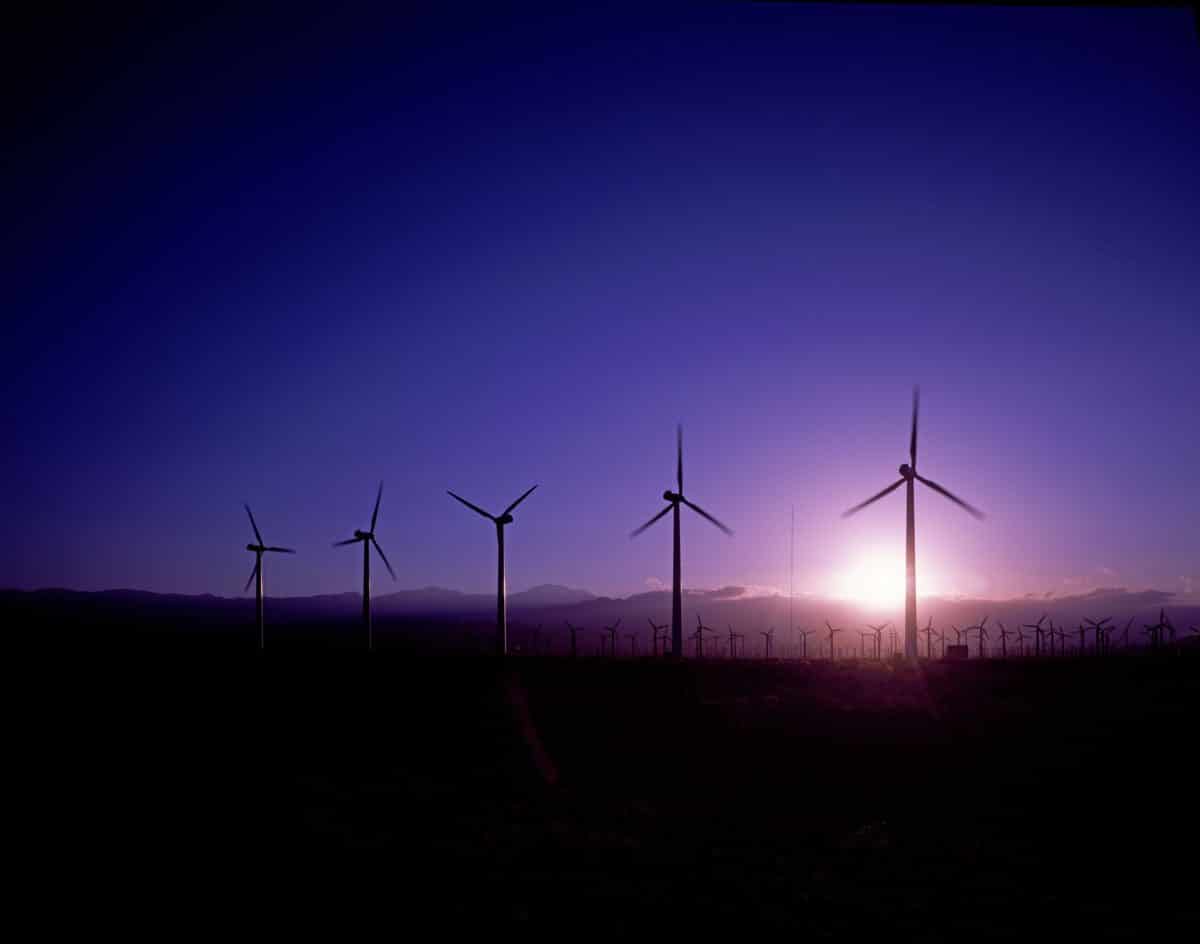The University of New South Wales (UNSW) has established a team of researchers led by Scientia Professor Rose Amal from the School of Chemical Engineering to develop a roadmap exercise in the potential to use excess renewable energy to make fuel, chemicals and feedstocks for New South Wales (NSW) infrastructure.
The NSW Power-to-X (P2X) Industry Feasibility Study, will look at opportunities in the NSW infrastructural makeup to use excess renewable energy from solar, wind, and other sources to decarbonize and grow local manufacturing.
P2X technologies are technologies that can be utilized to store surplus renewable energy as chemical energy, such as using excess solar to produce a clean fuel like green hydrogen, ammonia, methane, etc. This is useful because such chemical energies are far easier to store than electricity.
UNSW is right at the forefront of this research, only last month chemical engineers from UNSW and the University of Sydney made a significant technological breakthrough in the development of green ammonia. The researchers were able to produce green ammonia from air, water, and solar energy in a fashion that does not require high temperatures, high pressures, or enormous amounts of infrastructure.
Amal says the processes of producing such chemicals is energy-intensive, but that that is exactly why cheap renewable energy from solar is employed to keep costs down. “NSW has untapped renewable energy potential that presents excellent opportunities to build a P2X industry at scale, – to meet domestic and export demand for green energy,” says Amal, “P2X offers opportunities for deep decarbonization for hard-to-abate industries, regional development and investment attraction, as well as exporting renewable energy to overseas markets via hydrogen carriers.”
“Countries such as Germany, Japan and South Korea are already seeking partners and locations in Australia for renewable hydrogen production, to export to their respective countries,” continued Amal, “NSW has all the ingredients required for a future hydrogen economy and a rare opportunity to lead the P2X development. But we must act urgently and invest in the technology and start building capabilities now, to ensure we capture this enormous opportunity for our state and our country.”
Popular content
NSW Chief Scientist & Engineer Hugh Durrant-Whyte added that a P2X industry would greatly accelerate the hydrogen economy in the state and provide substantial economic and environmental benefits.
“There is an existing demand for hydrogen and a growing market for other P2X products overseas, in NSW and across Australia,” said Durrant-Whyte, who stressed that the transport, electricity and gas industries are already actively searching for P2X solutions as a way of effectively decarbonizing their processes and products.
“A local P2X industry could play a major role in NSW’s target of net zero emissions by 2050 and create hundreds of jobs,” said Durrant-Whyte, who seconded Amal’s call for immediate, targeted and coordinated investment in these technologies.
Amal’s research team will include members from UNSW Sydney, University of Newcastle, University of Wollongong, University of Sydney and the Commonwealth Scientific and Industrial Research Organisation (CSIRO).
This content is protected by copyright and may not be reused. If you want to cooperate with us and would like to reuse some of our content, please contact: editors@pv-magazine.com.



3 comments
By submitting this form you agree to pv magazine using your data for the purposes of publishing your comment.
Your personal data will only be disclosed or otherwise transmitted to third parties for the purposes of spam filtering or if this is necessary for technical maintenance of the website. Any other transfer to third parties will not take place unless this is justified on the basis of applicable data protection regulations or if pv magazine is legally obliged to do so.
You may revoke this consent at any time with effect for the future, in which case your personal data will be deleted immediately. Otherwise, your data will be deleted if pv magazine has processed your request or the purpose of data storage is fulfilled.
Further information on data privacy can be found in our Data Protection Policy.